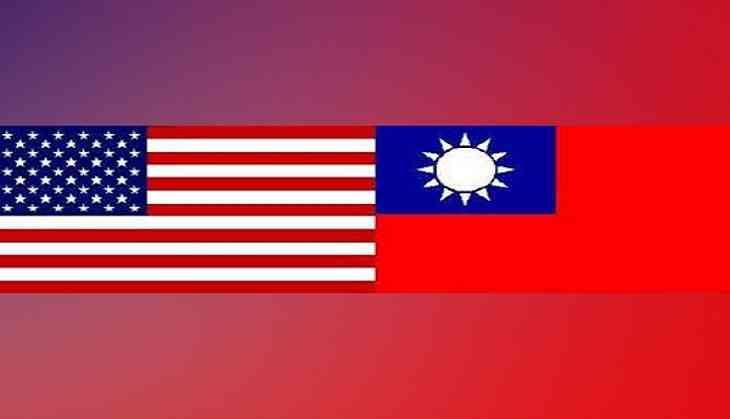China's 'bullying' in South China Sea helped advance US-Vietnam ties, says ex envoy

The South China Sea plays a prominent role in the relationship between Vietnam and the United States, and bullying by China of its neighbour helped deepen relations, said the former US ambassador to Hanoi.
Speaking at an interview with Radio Free Asia, Ted Osius, who is now president and CEO of the US-ASEAN Business Council, a trade promotion group said: "In fact, even in my very first meeting with President Truong Tan Sang when I presented my credentials, we talked about the importance of the South China Sea."
"Pretty much every meeting with Prime Minister Nguyen Tan Dung and later Prime Minister Nguyen Xuan Phuc, we also talked about the South China Sea; so did President Tran Dai Quang and the Communist Party General Secretary (Nguyen Phu Trong)," he said.
Osius, who was ambassador in Hanoi from 2014-2017, in his new book, "Nothing is Impossible: America's Reconciliation with Vietnam" mentioned a vivid first-hand account of the development of Vietnam-US relations in the last quarter-century, as per Radio Free Asia.
According to him, the "critical turning point" that made the Hanoi leadership realize that they needed new strategic partners was in May 2014, when China moved a large oil rig to the waters near the Paracel Islands which Vietnam and China both claim in the South China Sea.
The incident led to an unprecedented wave of anti-China protests in Vietnam and was seen by many as one of the most serious developments in long-running territorial disputes between the two countries.
"It alerted Vietnam's leaders to the fact that China was going to continue a pattern of bullying," Osius said. Those in Vietnam who were "hesitant to embrace the United States became more open to the possibility of having a close relationship with the United States," he added.
Since then, military cooperation between Hanoi and Washington has expanded greatly and US Navy has held regular joint activities, including port calls, with Vietnamese partners, Radia Free Asia said.
On October 24, the US and Taiwan held a high-level meeting on expanding the island's participation at the United Nations and in other international organizations amid China's continued efforts to limit Taiwan's international participation.
Since mid-September of last year, Beijing has stepped up its grey-zone tactics by regularly sending planes into Taiwan's ADIZ, with most instances occurring in the southwest corner of the zone and usually consisting of one to three slow-flying turboprop planes.
Beijing claims full sovereignty over Taiwan, despite the island's self-governance for more than seven decades.
(ANI)

